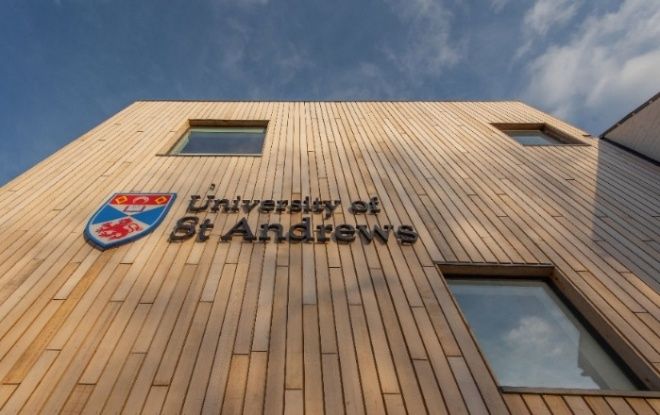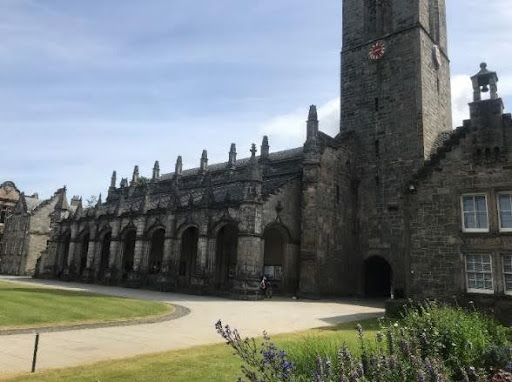Smart AI Driven Microgrid, operating within tight export constraints
Originally introduced through Project FUSION, a network innovation (NIA) project from SPEN with Engie Power UK, we have continued, post project, to work in partnership with the University to build a smart microgrid across their campus.


